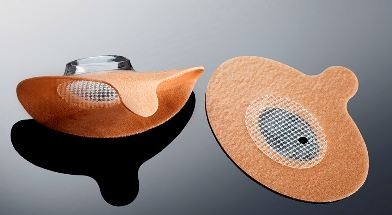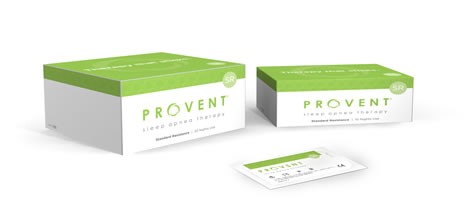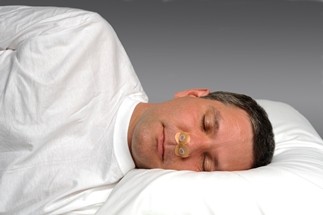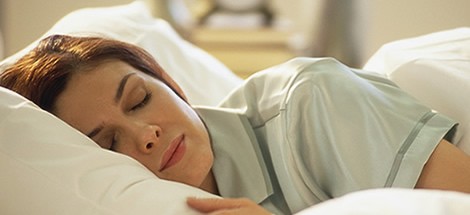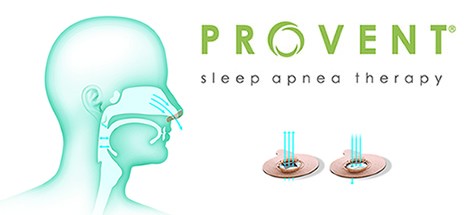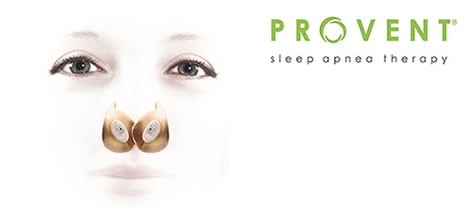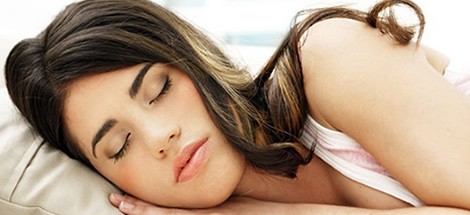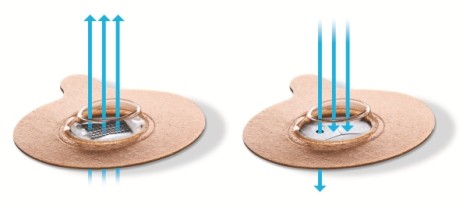Drowsy Driving
Drowsy Driving
Several factors can cause drowsiness: the time of the body clock, exposure to daylight/darkness, and how long you've been awake. Your body's internal clock (called cardian rhythm) signals you to be sleepy twice a day: first in the evening at bedtime, and again about 12 hours later, during the "siesta" time of the afternoon. The cycle of sunlight and darkness in a day helps set our bodies' internal clock in addition, the length of time we stay awake can increase our need for sleep (i.e., the longer you stay awake, the more you need sleep).
Although each person's sleep needs and patters vary most adults require an average of eight hours of restful sleep each night. If you are not getting enough sleep, you build up a sleep debt. Your sleep debt continues to grow as you "add on" more and more hours of missed sleep time. The longer you try to stay awake or the more nights you do not get enough sleep, the drowsier you become and the greater the effect on your mental and physical abilities.
Drowsy Driving Facts
-
Statistics show the show there are two most common times for drowsy driving accidents. Most occur between midnight and 8:00 AM.; the rest typically occur between 1:00P.M. and 3:00 P.M.
-
In one study of fall-asleep accidents, the driver was under the age if 25 in 55% of the crashes. Seventy-five percent of those drivers were matches.
-
If a driver has been awake for 20 or more hours, the risk of crashing is increased by 30 times.
-
The U.S. National Highway Traffic Safety Administration (NHTSA) cited drowsiness as a factor in 100,000 police-reported crashes annually involving 76,000 injuries and 1,500 deaths. This represents 1%-3% of all police-reported crashes and 4% of fatalities.
